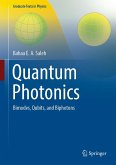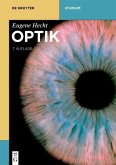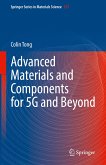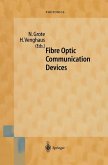The first part of the book introduces readers to the classical wave theory of light, exploring the fundamental question: What is the nature of light? Meanwhile, the second part approaches light as a stream of photons.
In the first part, readers learn the principles of geometrical optics, essential for analyzing and designing imaging optical systems and laser resonators. Physical optics is covered in detail, addressing key phenomena such as interference, diffraction, and interferometry, along with a comprehensive chapter on Fourier optics. The discussion extends to the application of wave theory to optical waveguides, which are fundamental for both discrete and integrated laser resonators, forming the foundation of photonic integrated circuits.
The second part of the book begins with an introduction to quantum mechanical principles necessary for designing semiconductor light sources, including laser diodes, light-emitting diodes, photodetectors, and light modulators. It concludes with a discussion on modern photonics applications, particularly optical communication systems, which have played a pivotal role in enabling the internet age.
With a wealth of worked problems and solutions, this textbook allows students to explore and engage deeply with various optical phenomena. By addressing both the wave and particle nature of light, presenting quantum mechanics in an accessible manner, and covering a broad spectrum of crucial topics, this book serves as an essential resource for courses in optics, photonics, and optoelectronics.
Dieser Download kann aus rechtlichen Gründen nur mit Rechnungsadresse in A, B, BG, CY, CZ, D, DK, EW, E, FIN, F, GR, HR, H, IRL, I, LT, L, LR, M, NL, PL, P, R, S, SLO, SK ausgeliefert werden.









